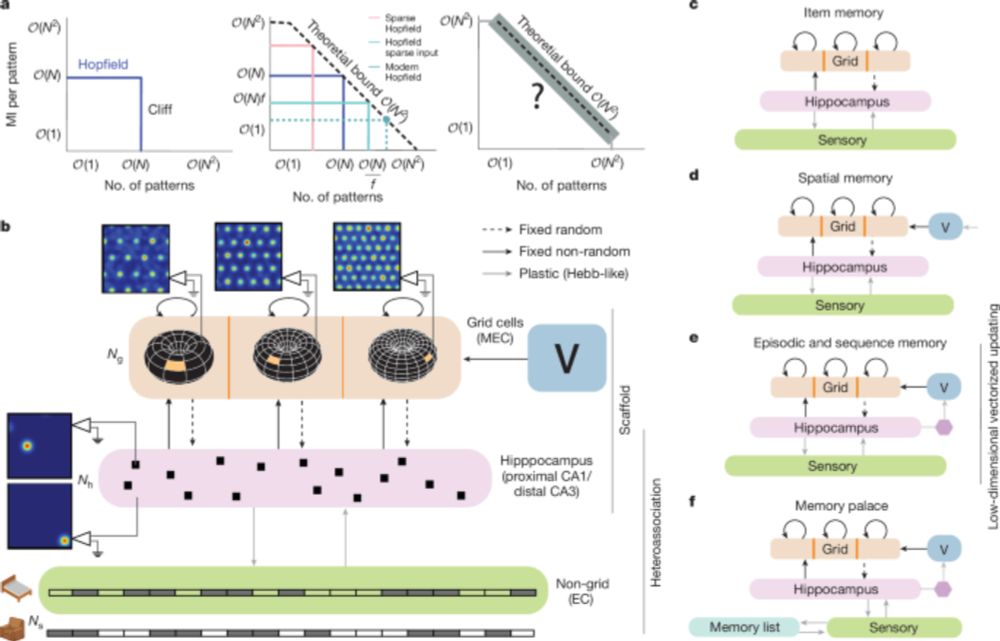Jay Hennig
@jhennig.bsky.social
1.3K followers
410 following
69 posts
Computational neuroscientist interested in how we learn, and dad to twin boys
Asst prof at Baylor College of Medicine
https://www.henniglab.org/
Posts
Media
Videos
Starter Packs
Reposted by Jay Hennig
Reposted by Jay Hennig
Reposted by Jay Hennig
Sarthak Chandra
@sarthakc.bsky.social
· Jan 17

Episodic and associative memory from spatial scaffolds in the hippocampus - Nature
A neocortical–entorhinal–hippocampal network model based on grid cell states recapitulates experimental results and reconciles the spatial, associative and episodic memory roles of the hippocampus.
www.nature.com
Reposted by Jay Hennig
Jay Hennig
@jhennig.bsky.social
· Sep 4
Jay Hennig
@jhennig.bsky.social
· Sep 4
Reposted by Jay Hennig
Bence Ölveczky
@olveczky.bsky.social
· Aug 25
My Lab Displayed A Message of Solidarity on Our Windows. Harvard Took It Down. | Opinion | The Harvard Crimson
If we continue down this path, we risk not only Harvard’s future as an institution of free inquiry and expression but also its integrity and trustworthiness.
www.thecrimson.com











